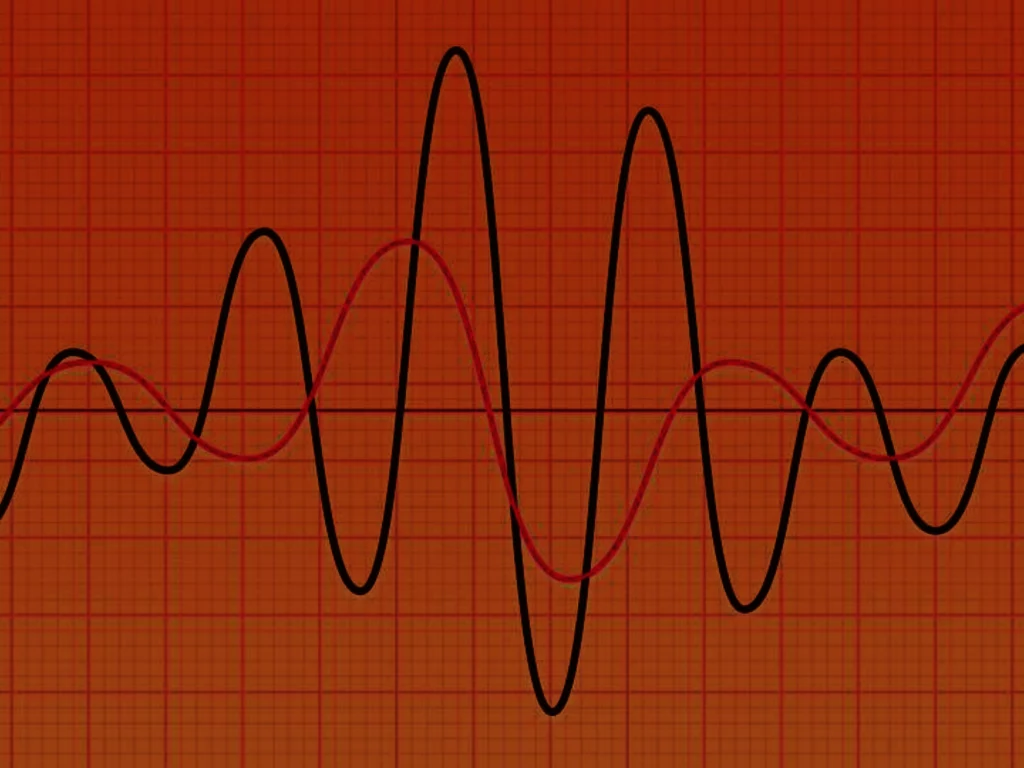An ideal power quality for a source of energy to an electrical load is represented by a pure sine wave waveform of voltage. The term pure means that it does not contain any frequency other than the fundamental frequency of the system.
The quality of a power source is measurable by the amount of Total Harmonic Distortion (THD). A high THD can negatively impact an electrical distribution system causing excessive heat in motors and transformers. Heat build up causes insulation breakdown leading to early failure.
Increased operating temperatures can also reduce electrical equipment effeciency resulting in malfunctions and early failures.
Poor power quality can affect:
- The accuracy of utility metering.
- Can cause protective relays to malfunction.
- Can result in equipment downtime and/or damage, resulting in a loss of productivity.
- Can result in increased costs due to the preceding effects.
- Can result in problems with electromagnetic compatibility and noise
While more and more equipment is being used creates harmonics in power systems, more and more equipment is susceptible to malfunction due to harmonics. Computers, communications equipment, and other power systems are all susceptible to malfunction or loss of efficiency due to the effects of harmonics.
In IEEE Standard 519, maintaining the power quality in power systems is a two-fold responsibility, the utility to produce good quality voltage sine waves and the customers to limit the harmonic currents their circuits draw from the line.
For systems of less than 69 kV, IEEE 519 requires limits of 3 percent harmonic distortion for an individual frequency component and 5 percent for total harmonic distortion.
References:
- IEEE Std. 519-1992 - IEEE Recommended Practices and Requirements for Harmonic Control in Electrical Power Systems
- IEEE Std. 1159-1995 - IEEE Recommended Practice for Monitoring Electric Power Quality
- Power Quality in Electrical Systems,
Alexander Kusko, Sc.D., P.E. & Marc T.Thompson, Ph.D.
McGraw-Hill 2007
Related Articles:
